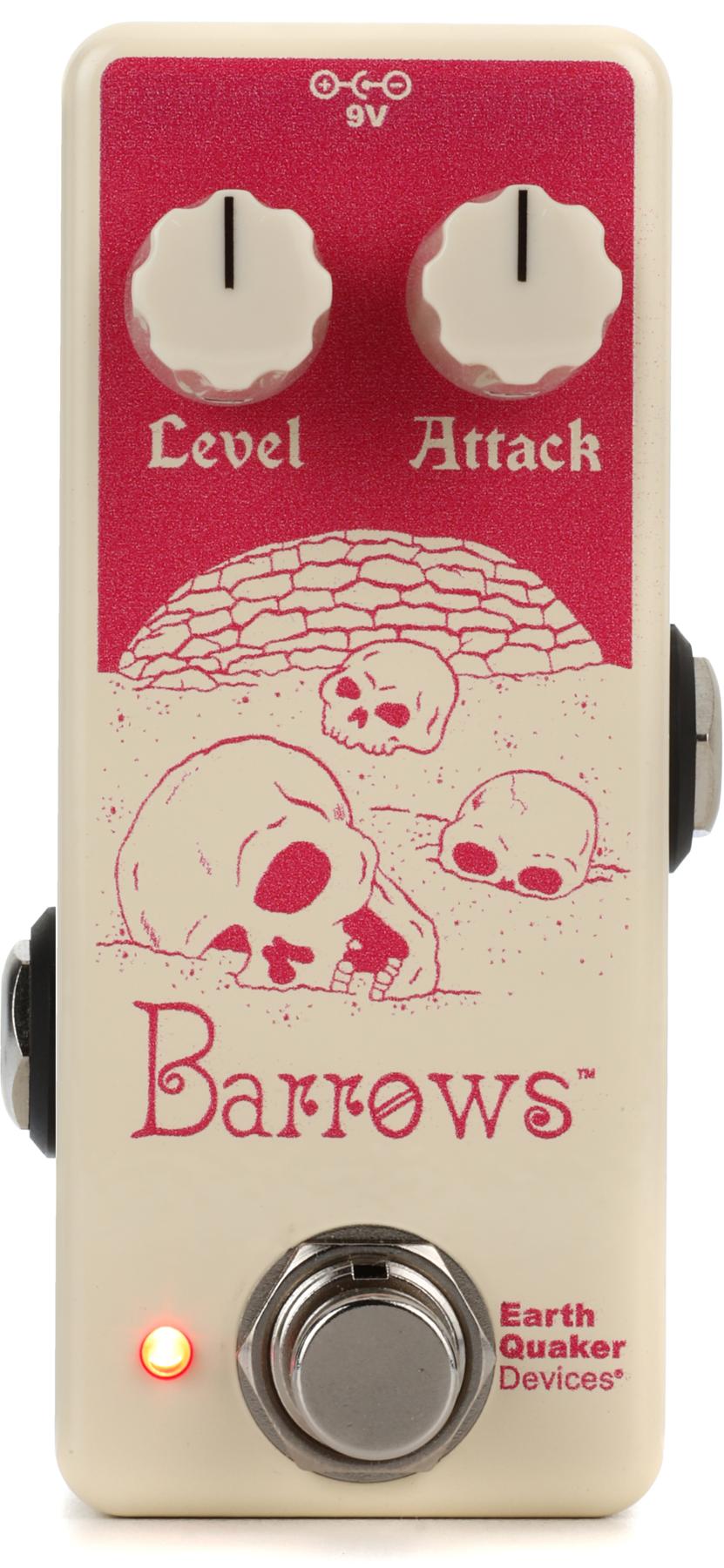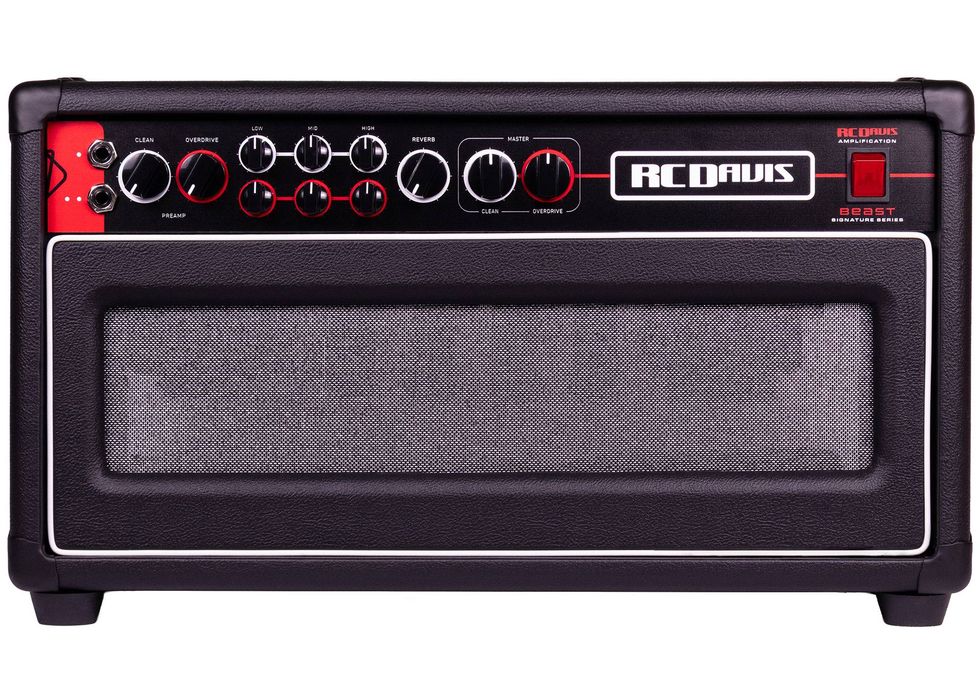How’s the new year treating everyone? Let’s jump right in! The other night I was doing yet more experimentation with the order of effects through a standard double-channel Fender amplifier—a silverface Pro Reverb combo that was completely rebuilt by my friend Adam Palow of Tungsten Amplification. You know the type of Fender amplifiers that feature two inputs each on both the normal and reverb channels? If you’re going to use the concept I’m describing this month, keep in mind that it appears to work best with this exact type of input layout.
Most everyone seems to “daisy chain” their effects pedals in a row and then hook the whole chain into the amplifier input of their choice (here the second reverb channel is usually used). However, there is another trick that you can use to massive advantage that might not come to mind at first. That is to make use of at least three of the four inputs in a parallel arrangement. I’m quite certain that many of you will find this a little bit off the beaten path, but hey, it sure is a lot of fun to hear what happens when you try this out for yourself. I found some really different sounds coming from this setup when compared with the time-tested daisy-chain method.
I started by hooking my guitar’s output cable into the input of a PedalworX Five O’Clock Charlie distortion pedal and then taking the output of the Charlie pedal and inserting that cord into the first input of the Pro Reverb’s normal channel. Once I found a spot where the distortion sounded really good, I then took another guitar cable from the second input of the amp’s normal channel into the input of yet another type of clean booster pedal, just so I could have more texture on tap. You could hook these two pedals up in the reverse order if you desired—it’s all a matter of taste, right? Here’s where it started to get really fun. From the output of the second booster pedal you could (like I did) go into an octave-up type of pedal, and you can adjust the level of the octave pedal from the volume control of the second channel, the reverb channel, when the octave pedal is hooked into the first input of that channel. Cool, huh?
The wild thing here is that with a bit of experimentation you will most definitely get sounds that you will not hear with the regular pedal linking method. This is also the reason why you need to have dual (yet separate) channels with parallel inputs and dedicated Volume and Tone controls for this method to work. Modern amplifiers that have four channels with only one input for the instrument need not apply. As usual, you can toss anything into the mix here, whatever your imagination might dictate. You will also find that the resulting sounds might seem to exude a noticeably wider three-dimensional quality to boot. This isn’t a bad thing at all. The wider the merrier, in my humble opinion. As you may guess, this is just another sonic sculpting tool to have at your disposal to give your sound yet more personality and distinctness. This has been at the very heart of this column every month.
I would like to share with you the list of things that I used for this bit of craziness. When I do this type of experimenting, I always tend to use a single brand of pedals at first to keep things more straightforward. This way I can focus on the sound textures as a whole before I branch out into mixing the many types of pedals that are lying around the practice room. Additionally, it’s much easier for me to remember the stellar sounds that I might encounter by sheer accident too.
This time I used various PedalworX products, such as the Squeeze Factor compressor along with a new pedal called the Nashville Breaker booster. Also in attendance was the PedalworX Skye booster as well the Cool Machine, and I shouldn’t forget several fuzzes made by the company, like the germaniumbased McFuzz model and it’s hotter relative, the silicon-based Hot McFuzz. Other pedals used later in these tests included models like a KLON Centaur booster and numerous BJFE models: Björn Juhl’s infamous Pink Purple Fuzz, Dyna Red Distortion, Candy Apple Fuzz, Folk Fuzz and numerous others.
The method I’ve described here also worked well with various types of instruments sporting both single-coil and humbucking pickups. I had an absolute blast doing this, and discovered many new tones and textures among the participating elements. So, now it’s time for you to knock yourself punchdrunk until we meet again next month.
Dean Farley
Dean is the chief designer of "Snake Oil Brand Strings" (sobstrings.net) and has had a profound influence on the trends in the strings of today.


















